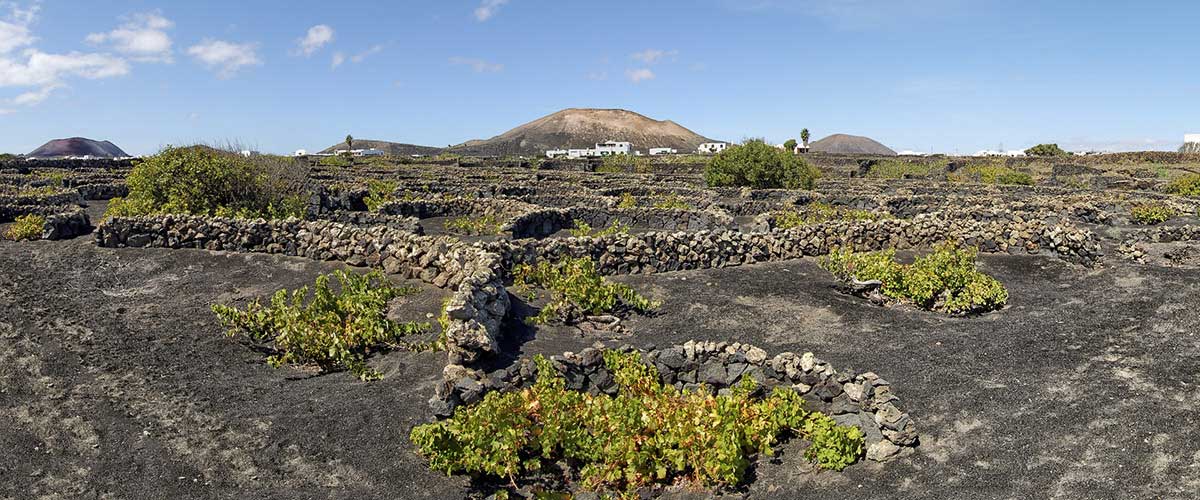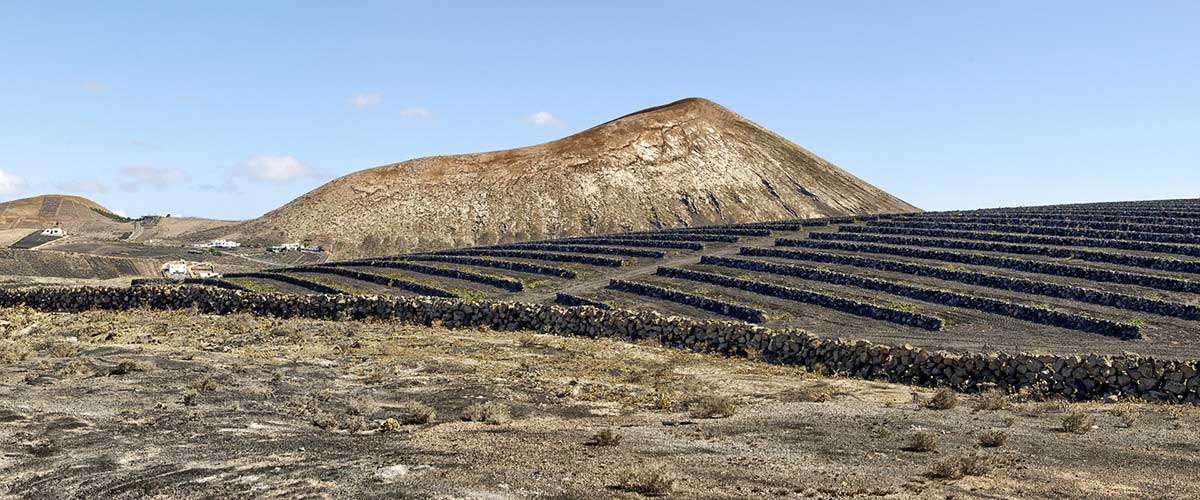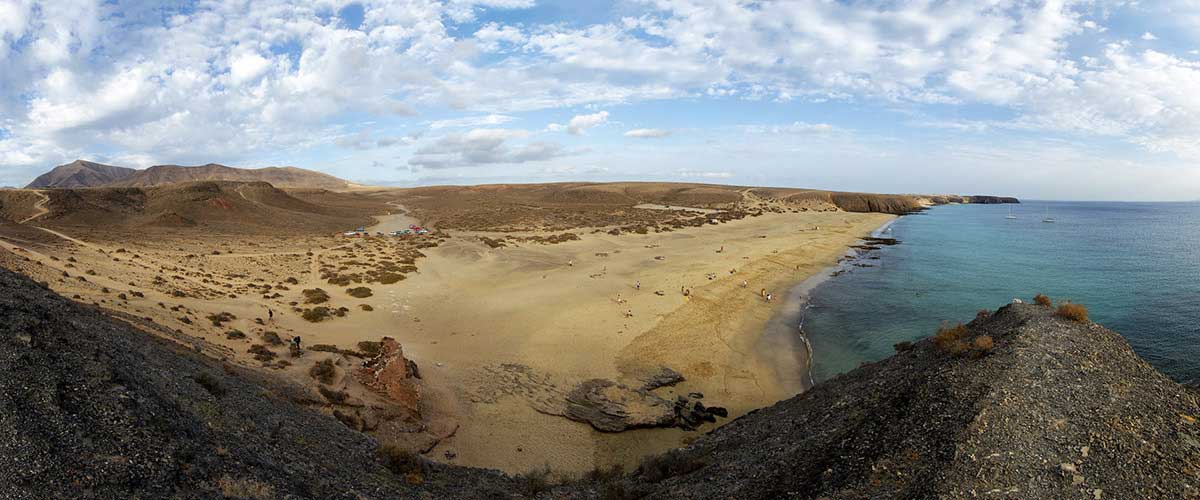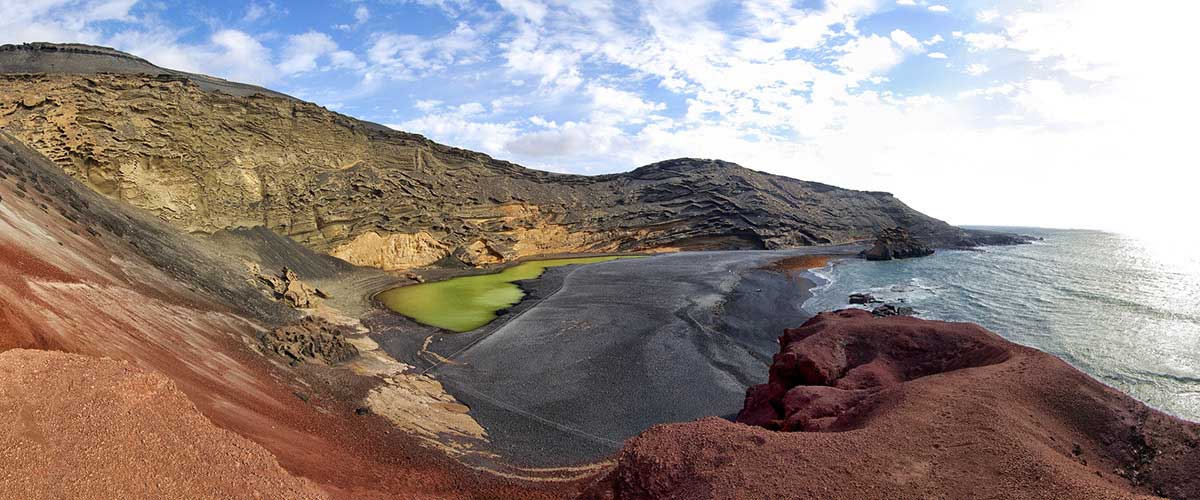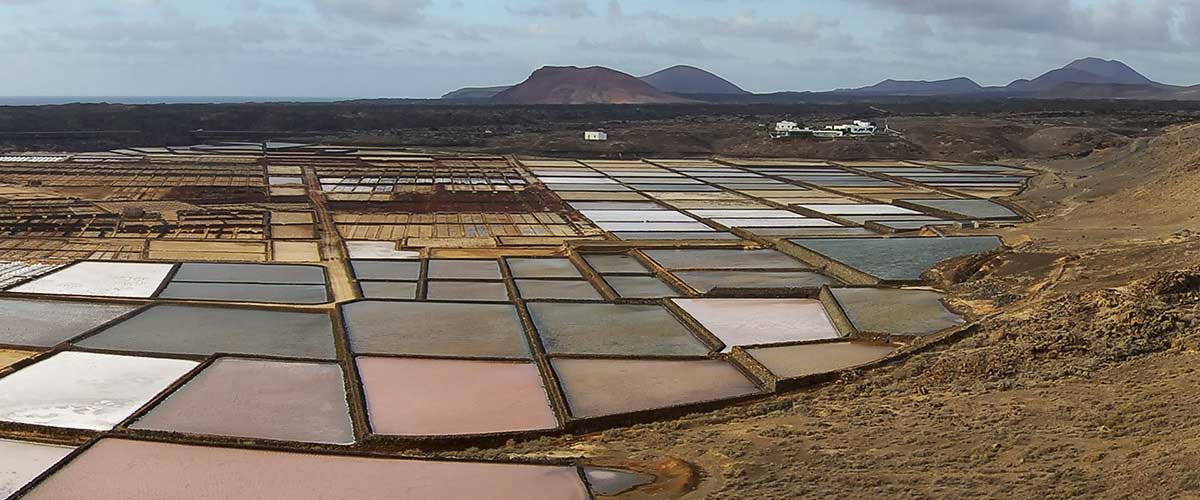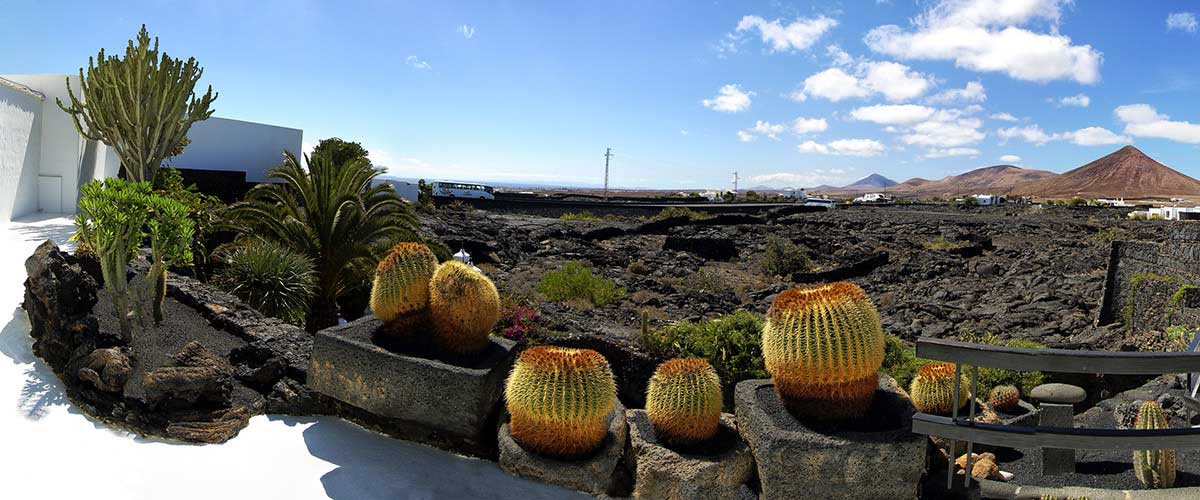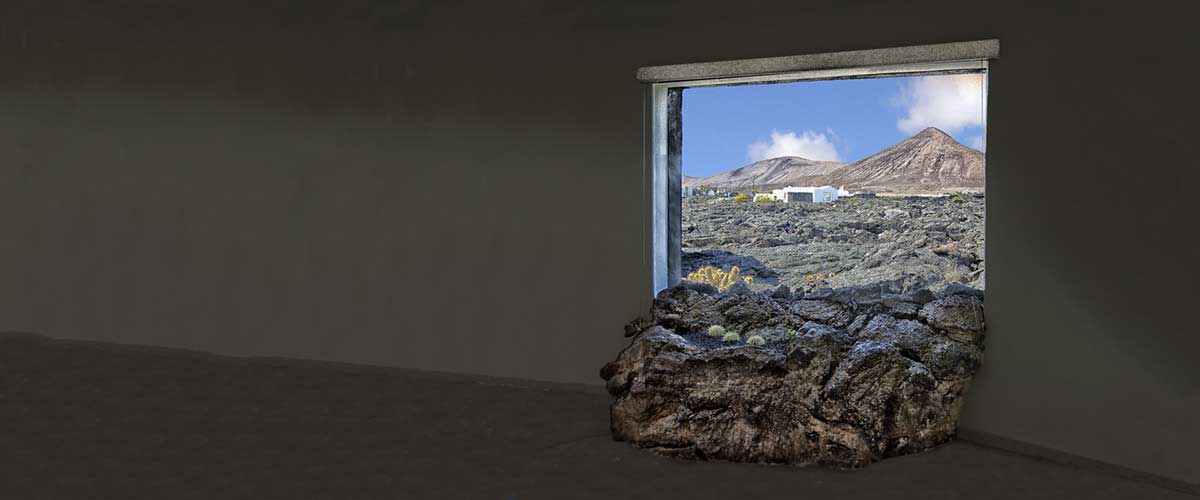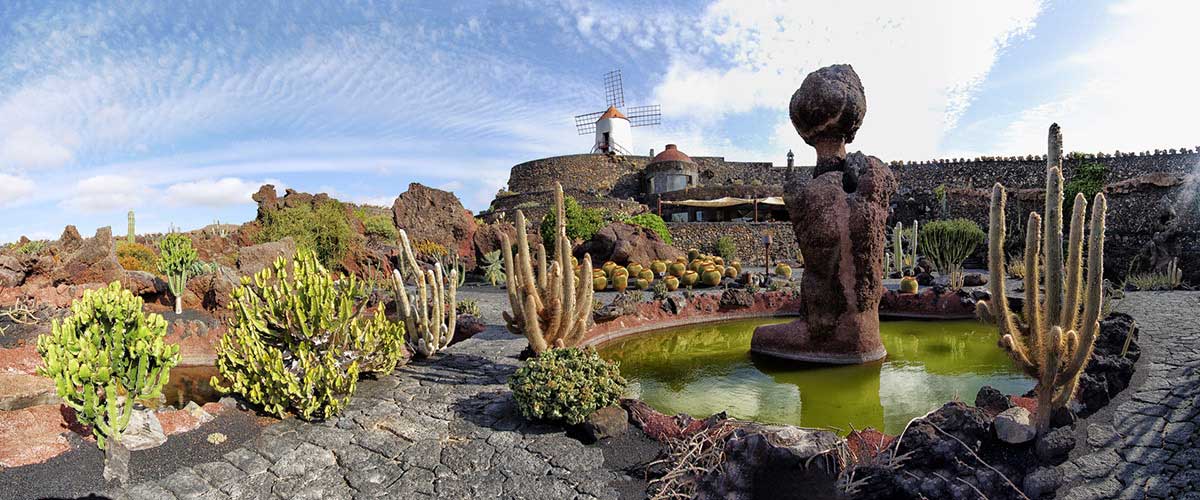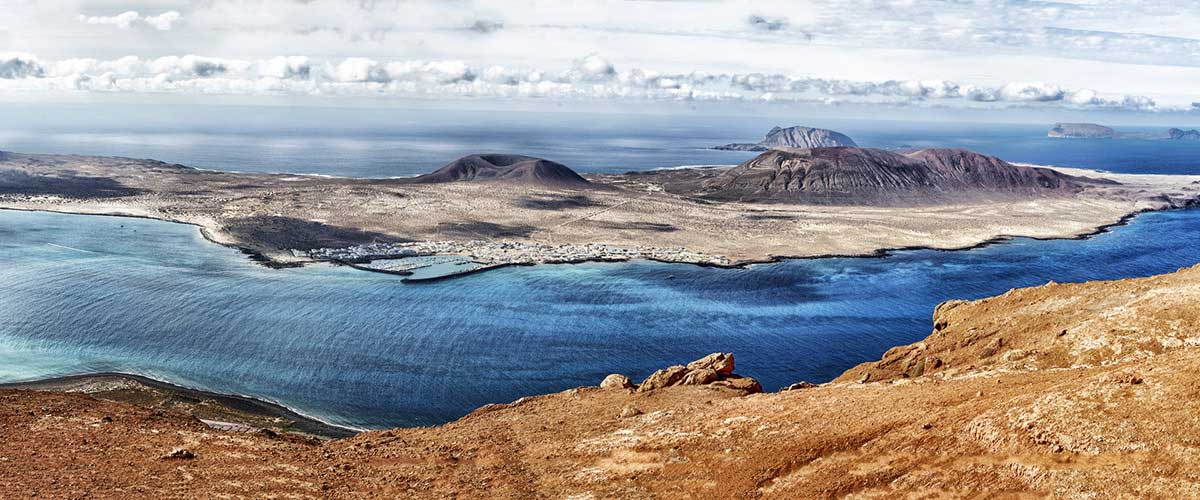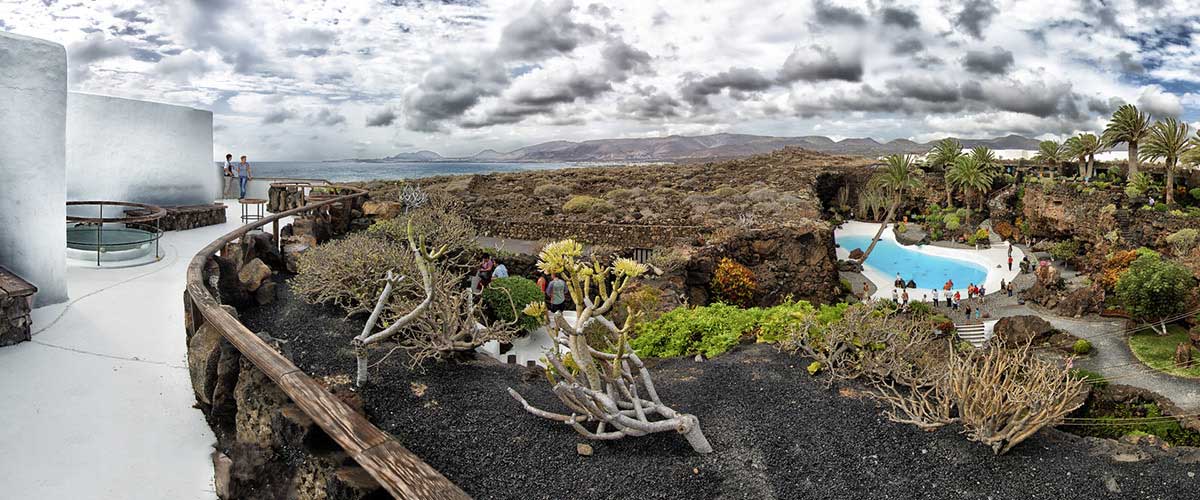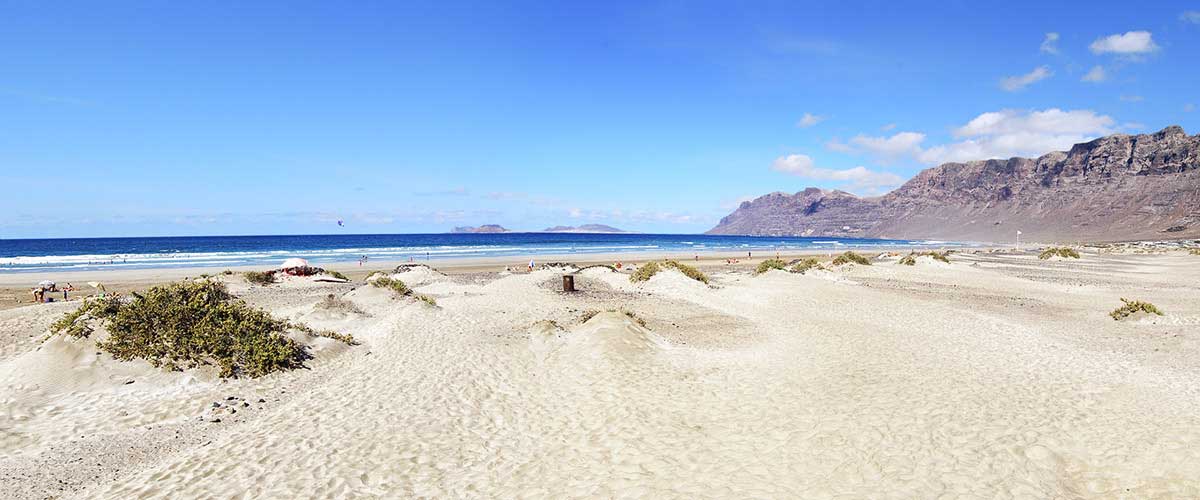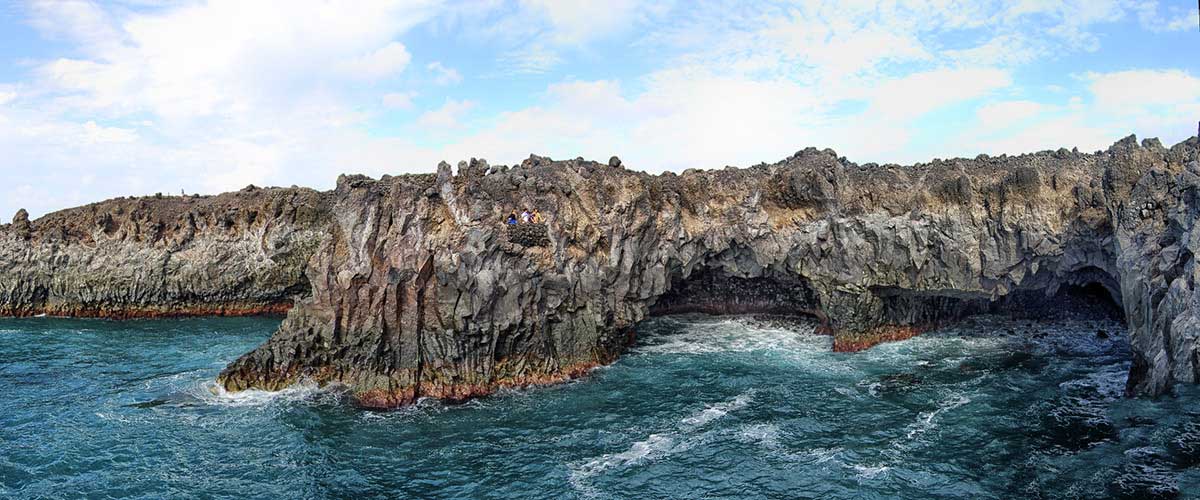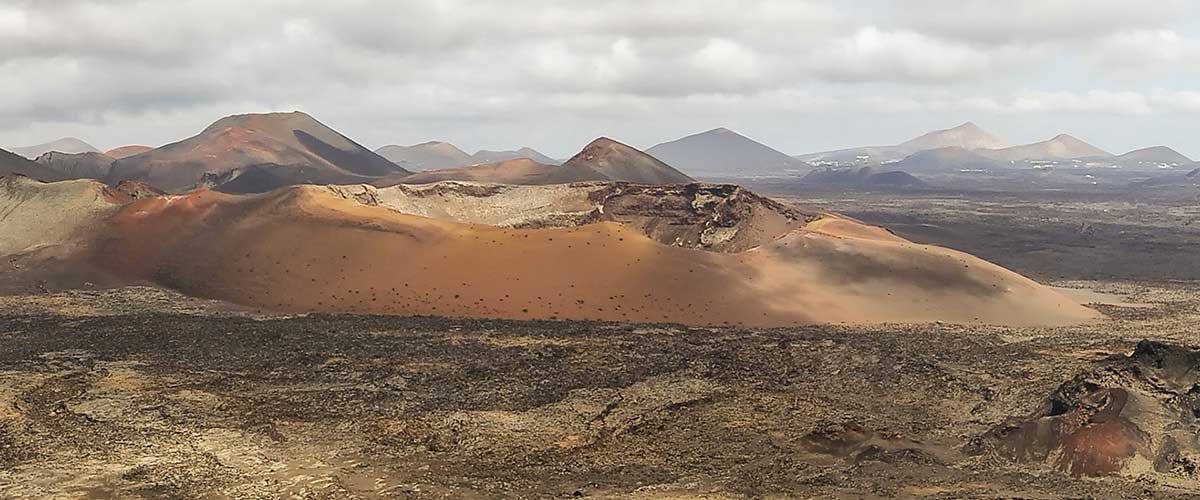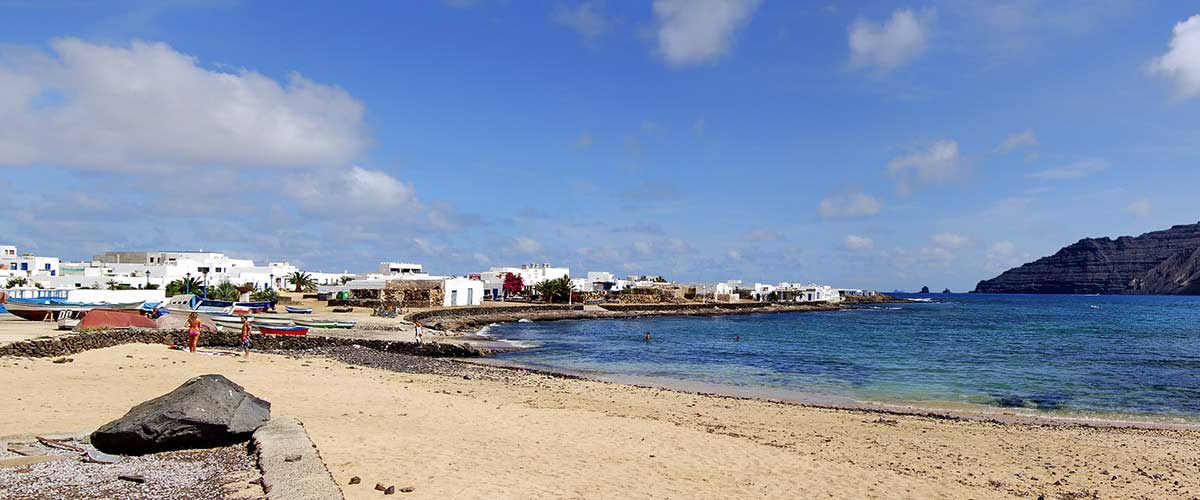It was’nt the first time that the island was faced with strong changes in its morphology, although unlike the one that nature itself in the garden of Yaiza led to bury it under the black mantle of lava, entered the night of that September 1, 1730 when the earth opened up, right and left, fire erupted everywhere, putting to the test the faith of the Parish Priest Lorenzo Curbielo.
Again, in the second half of the twentieth century it was the hand of man that was proposed to act in this site. The greed of foreign capital had found a place with conditions of location, state of the territory, population and public administration very appropriate for their interests with which could get an interesting cash-flow through a low exposure of their own resources to be able to appropriate of the place at a low cost and at the expense of the locals.
The story tells that the rebellion of the painter and sculptor Cesar Manrique after the construction of the first one and at the end, the only “megahotel” in vertical format propitiated a touch of attention among the autochthonous settlers that has culminated with an intervention in the landscape that causes admiration to who visits it.
This cohabitation of the hand of man with natural physical support provokes a marriage of domesticated landscape in which without losing the essence of the natural, the action of man is inflected to the persistent from time in the place to give an emotional counterpoint that emphasizes who already lived in the place, a whisper of innovation that is not juxtaposed to the existing but revalues it. A bet that today does not show the technology to which in pursuit of evolution we want to get used to.
Born of fire and liberated from urban speculation, Lanzarote is nowadays one of the sites with the greatest landscape-tourist projection in the world, a place, biosphere reserve, whose teachings will help us to intervene and manage the territory .
